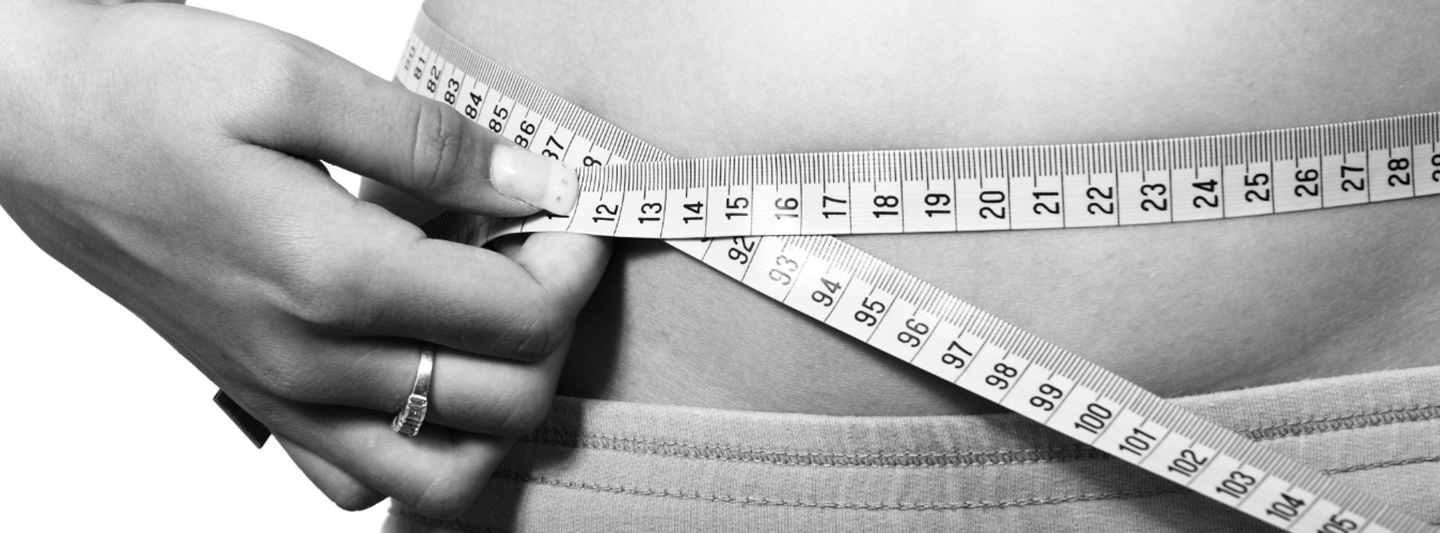
7 Apps That Helped Me Lose Over 17 Kilos & Achieve a Healthy Mind
Since my last attempt at making a change for a better me, I lost over 17 kilograms over a span of about a year.. So what exactly was it that helped me succeed the last time around?

You’ve put hard work into brutal workouts, shown discipline in eating right and demonstrated enough determination to keep both of these going for long enough to lose weight. Congratulations! Now you’re probably wondering “how do I ensure that I don’t put the weight back on”?
Regaining weight is a common problem following weight loss. In fact, by some estimates only about 20% of overweight individuals are able to keep off at least 10% of their initial body weight for a year or longer. These bleak findings suggest the difficulties people often have in being able to sustain the changes in behaviour required to prevent subsequent weight regain.
Here's what you need to know to keep those pounds from making an undesirable comeback!
Cardio vs. Strength Training
During your maintenance phase, it’s vital that you’re giving enough stimulus to maintain or even grow muscle tissue. Reason being that the loss of lean tissue yet the maintenance of body weight suggests fat gain and muscle loss. In this case, while the number on the scale remains the same, it’s the opposite of what we are trying to achieve.
Weight training is essential for the maintenance of lean muscle tissue, so the majority of your training should be dedicated to hitting your requirements here. Performing some cardiovascular exercise such as steady state and/or HIIT cardio training, however, is also key to staying lean, healthy and optimally functional, so it's recommended to have some in the mix too.
How much should I be exercising?
For individuals who are relatively new to training (2-3 years), whole body resistance training biweekly is recommended to maintain lean tissue. An example of a weekly program for someone new to training, can look like this:
Monday: 45-60 min of slow steady state cardio (such as a walk)
Tuesday: Whole body weight training
Wednesday: Spin class
Thursday: Whole body weight training
Friday: 45-60 mins of slow steady state cardio
Saturday: Be active by doing anything you find enjoyable
Sunday: Rest
Those who have a longer training history and more muscle mass will require more volume, aiming to hit between 7-10 sets of resistance training per body part, per week.
For these individuals, an example of a weekly program can look like this:
Monday: Whole body resistance training
Tuesday: 45-60 min medium intensity cardio
Wednesday: Whole body resistance training
Thursday: 45-60 min medium intensity cardio
Friday: Whole body resistance training
Saturday: 45-60 mins of slow steady state cardio (such as a walk)
Sunday: Rest
It's important to keep in mind that whilst you should continue to regularly exercise after your weight loss phase, diet and nutrition is still the most fundamental aspect even in weight maintenance.
Diet and nutrition

To maintain weight you must be eating maintenance calories (an amount that allows your body weight to stay level). This will differ between every individual and the only way to find out what these calories are for yourself is through tracking your eating, and trial and error.
By the end of your weight loss phase, a good strategy is to slowly increase your caloric intake every week by about 100-150 calories until your weight stops dropping. You should then continue to do this bit by bit until your weight starts to creep up. At this point, stop. The calories you’re taking in at this point minus about 150 calories is your maintenance caloric intake. Hereafter, many factors can cause your maintenance calorie levels to change. You should be aware of the changes in your body, continue to monitor your weight and allow for modifications when needed!
While there are no food groups that you should actively avoid, it's worth being aware of which food groups you personally tend to overeat. These are the foods which have the potential to make it harder for you to stay within your calorie goal. You should also keep in mind that your body will optimally lose fat and function well when it is healthy, so ensuring that majority of your diet is made up of nutrient dense foods such as fruits, vegetables, quality meats and carb sources are ideal in maintaining your weight.
Finally, if you want to be able to sustain a healthy lifestyle and an ideal weight, your diet should be something that you are comfortable eating everyday for the rest of your life. Therefore it's not wise to demonise foods or remove specific food groups as it's not a sustainable solution for the long term.
Ending your weight loss journey or need more professional guidance about weight maintenance?
Core Collective is home to the best personal trainers in Singapore who are here to help! Book a free personal training trial here.